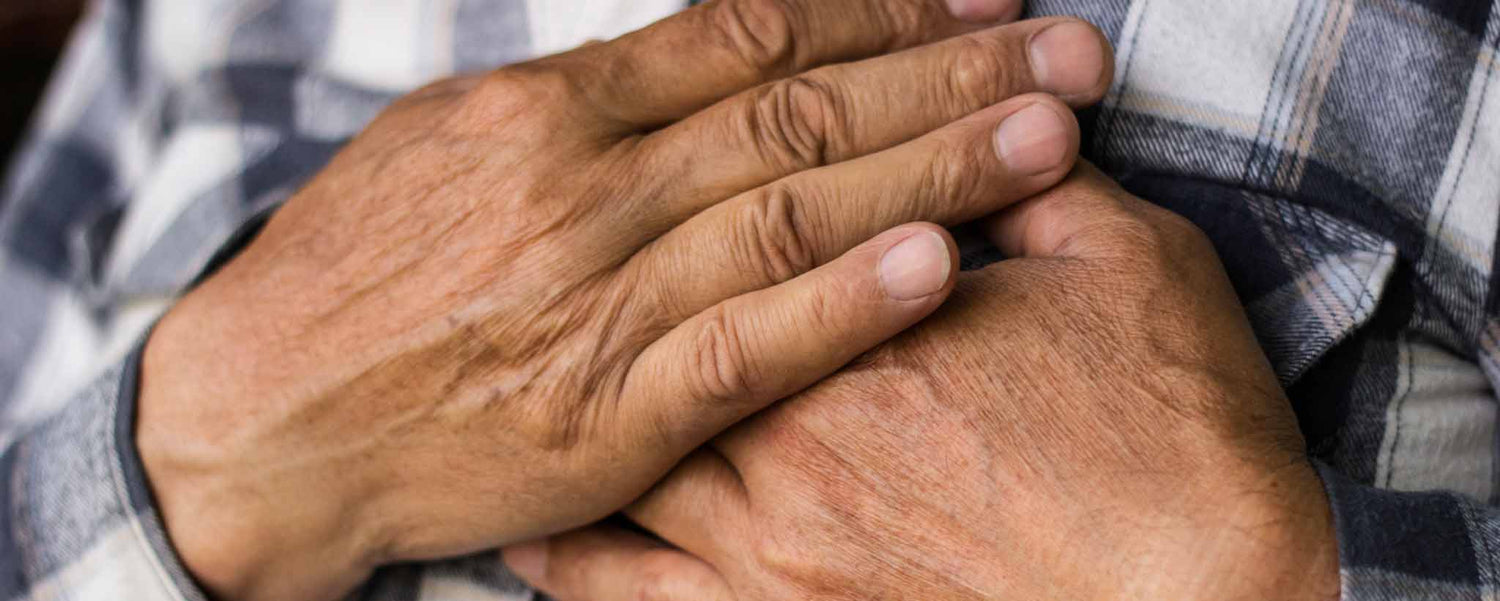You might feel like you’re having a heart attack, but the symptoms differ. What is angina, and is there anything you can do to prevent or treat it?
Publish 15 February 2022
A Semblance of Relief
February Heart Health Awareness Month
My back had been aching for over six months without relief. As a very kind gesture, my mother-in-law gave me some money to buy a zero-gravity chair. [1] A close friend offered to rent a truck and drive me to a San Diego discount outlet. I picked out a reclining leather chair with great features before heading back to Los Angeles.
When I arrived home, another friend stopped by. So the three of us began assembling. We replaced the standard foam with memory foam. Afterward, we were drinking refreshments while standing in the living room, talking.
Relief Turns To Terror
Without warning, I felt extreme pressure on my chest. It was so forceful that my lungs could not expand. So while taking shallow breaths, I fell on the sofa, grasping my chest.
I then slid down supine on the floor as though it would distance me from the pressure. Unable to vocalize my distress, I was panting like a pregnant woman between contractions in a maternity ward.
The ordeal lasted perhaps 3 minutes while my audience was immobilized by shock. Finally, my lungs filled and I could breathe again. So I got up, reclined in the newly assembled chair, and thanked my two best friends for standing around while I nearly died!
Another Kind of Pain
Could this have been stable angina? It might seem like a heart attack or stroke, but there is a difference. [2] You feel pressure, lots of it, as though a sumo wrestler were kneeling on your chest. This hinders breathing. Some people live through multiple episodes. The primary difference is that angina can be a precursor to a more destructive heart attack.
What is angina, and is there anything you can do to prevent or treat it? Here’s what my research indicates.
Common Symptoms of Heart Attack and Angina
- Chest pain/burning
- Chest pressure, tightness, or squeezing
- Indigestion/nausea
- Light-headedness/weakness
- Neck, jaw, throat, and back pain
- Shortness of breath
- Sweating
Types of Angina
Angina is momentary chest pain or pressure that indicates arteries supplying blood and oxygen to your heart are narrowed or blocked. [3] Angina pectoris, sometimes called ischemic chest pain, is a symptom of heart disease.
The most common type is stable angina brought on by stress or physical exertion. After a few minutes, it goes away. Since it can signal a heart attack, you should inform your physician. [4]
Other types include unstable angina, recurring while at rest, or when not very active. It can be an indication of an impending heart attack. With microvascular angina, you have chest pain without coronary artery blockage lasting ≥10 minutes. Prinzmetal’s angina is a rare narrowing of heart arteries that can occur when sleeping. In each case, you should contact a doctor right away. [4]
Risk Factors For Angina
Treatment depends on whether there is damage to your heart. For mild angina, medicine and lifestyle changes can often improve blood flow and control symptoms.
Your cardiology doctor might prescribe medicines like nitrates, calcium channel blockers, blood thinners, or statins. Nitrates relax and widen blood vessels. Beta-blockers slow your heartbeat. Blood thinners prevent blood clots. Statins lower your cholesterol levels. [4]
Outlook
It has been over 15 years since my mysterious episode. Reducing stress, eating healthy, and exercising (not as often as I should) help. Take a break from the computer and relax in your favorite chair each day.
If you ever experience chest pain or are standing around watching someone else with it, call emergency services. Then follow up with a cardiology evaluation.







